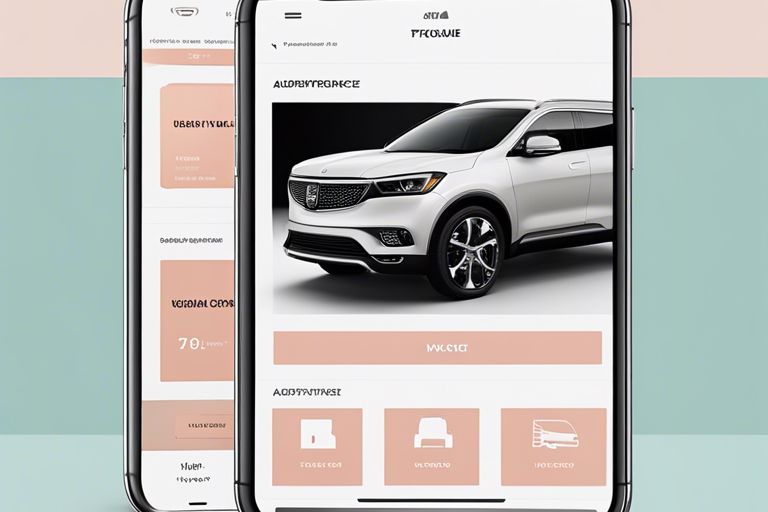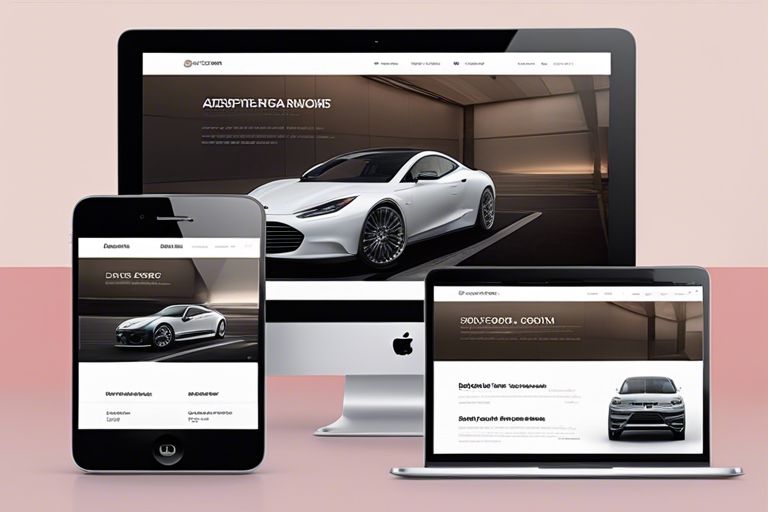There’s a growing importance for auto dealer websites to embrace adaptive design in order to enhance the user experience. Adaptive design allows websites to seamlessly adjust to different screen sizes and devices, providing a consistent and optimized experience for visitors. By ensuring that auto dealer websites are accessible and easy to navigate on any device, adaptive design plays a crucial role in attracting and retaining customers. In this blog post, we’ll explore the benefits of adaptive design for auto dealer websites and how it can ultimately lead to increased engagement and conversions.
Understanding Adaptive Design
Definition and Principles of Adaptive Design
On Auto dealer websites, adaptive design involves creating a website layout that can adapt and change based on the user’s device and screen size. The principles of adaptive design focus on delivering a seamless user experience by providing content that is optimized for different devices and resolutions.
Adaptive vs. Responsive Design
On the surface, adaptive and responsive design may seem similar, but there are key differences. Responsive design uses a single layout that resizes and reorganizes content to fit different screen sizes, while adaptive design has multiple layouts designed for specific screen sizes. This allows for more precise customization based on the device being used.
This distinction is crucial for auto dealer websites as it ensures that the user experience is tailored to the specific device, resulting in faster load times, better performance, and increased user satisfaction. By implementing adaptive design principles, auto dealer websites can effectively cater to the diverse range of devices used by their customers, ultimately enhancing the overall user experience.
Benefits of Adaptive Design for Auto Dealer Websites
Personalization and User Engagement
Even in the highly competitive auto industry, personalization plays a crucial role in engaging users and converting leads. Adaptive design allows auto dealer websites to tailor the user experience based on individual preferences, browsing history, and demographic information. By serving personalized content, recommendations, and offers, dealers can enhance user engagement, build brand loyalty, and increase conversion rates.
Faster Load Times and Performance Optimization
With the growing importance of user experience on websites, faster load times and performance optimization are key factors for success. Adaptive design ensures that auto dealer websites are optimized for various devices and network speeds, providing a seamless browsing experience for users. By prioritizing performance optimization, dealers can reduce bounce rates, improve search engine rankings, and ultimately drive more traffic and conversions.
Optimization involves various techniques such as image compression, lazy loading, and code minification to boost site speed and overall performance. By implementing these strategies, auto dealer websites can deliver a smooth and efficient user experience across all devices, enhancing customer satisfaction and loyalty.
Implementing Adaptive Design
Analyzing User Data for Effective Implementation
To ensure the successful implementation of adaptive design on auto dealer websites, analyzing user data is crucial. By gathering and analyzing data on user behavior, preferences, and device usage, dealers can gain valuable insights into how their target audience interacts with their website. This data-driven approach allows for the creation of personalized and optimized user experiences that cater to the specific needs of individual users.
Best Practices for Auto Dealer Websites
Analyzing best practices for auto dealer websites is vital in ensuring a seamless user experience and maximizing conversion rates. Key practices include responsive design, intuitive navigation, fast loading speeds, high-quality images and videos, and clear calls to action. By implementing these best practices, auto dealers can create a user-friendly website that engages visitors and drives them towards making a purchase.
User experience is a critical factor in the success of auto dealer websites. By prioritizing user-friendly design, streamlined navigation, and relevant content, dealers can create a positive experience that encourages visitors to explore inventory, schedule test drives, and ultimately make a purchase decision. Understanding the needs and preferences of users is key to optimizing the website for maximum engagement and conversion.

Challenges and Considerations
Navigating the Complexities of Adaptive Design
Designing an adaptive website for auto dealers comes with its share of challenges, given the diverse range of screens and devices users may access the site from. Ensuring a seamless experience across all these platforms requires careful planning and execution.
Balancing User Needs with Business Goals
Considerations must be made when balancing user needs with the business goals of an auto dealer website. While catering to user preferences is crucial for a positive user experience, it’s also vital to prioritize business objectives such as lead generation and sales. Striking the right balance is key to the success of the website.
This subsection probes into the importance of carefully aligning user needs with the business goals of the auto dealer website. It highlights the significance of understanding user behavior and preferences while also meeting the objectives of the dealership, such as increasing conversions and revenue. By finding the middle ground between user-centric design and business objectives, auto dealers can create a website that delivers value to both users and the business.
Summing up
From above, it is evident that adaptive design plays a crucial role in enhancing the user experience on auto dealer websites. By ensuring that the website is responsive and adaptable to different devices, adaptive design allows users to easily access the information they need, ultimately improving user satisfaction and increasing the likelihood of conversions. Incorporating adaptive design elements such as flexible layouts, fluid images, and responsive navigation can make a significant impact on the overall user experience and help auto dealers stay ahead in the competitive online market. It is important for auto dealers to prioritize adaptive design in order to provide a seamless and efficient browsing experience for their potential customers.
Please rate this post

With over 20 years of experience in the car business, I’ve navigated the evolution of the industry from traditional sales to the dynamic digital age. My journey through various roles in both sales and management has endowed me with a unique perspective on the challenges and opportunities in automotive sales today.
As the founder of Shawn Ryder Digital, I combine my extensive background in technology with my deep understanding of the automotive industry. This synergy allows me to craft digital marketing strategies that are not just effective but tailored to the specific needs of each dealership. My commitment is to drive your sales, enhance your brand awareness, and ensure your dealership thrives in the digital landscape.
Here at Shawn Ryder Digital, we’re not just about providing services; we’re about building partnerships. As I often say, “In the fast-paced world of digital marketing, staying ahead isn’t just an option; it’s a necessity.”
Together, let’s embrace the challenges of the digital age and turn them into opportunities for growth and success. Join me in redefining the future of automotive digital marketing. Let’s accelerate your dealership’s journey to the top.
